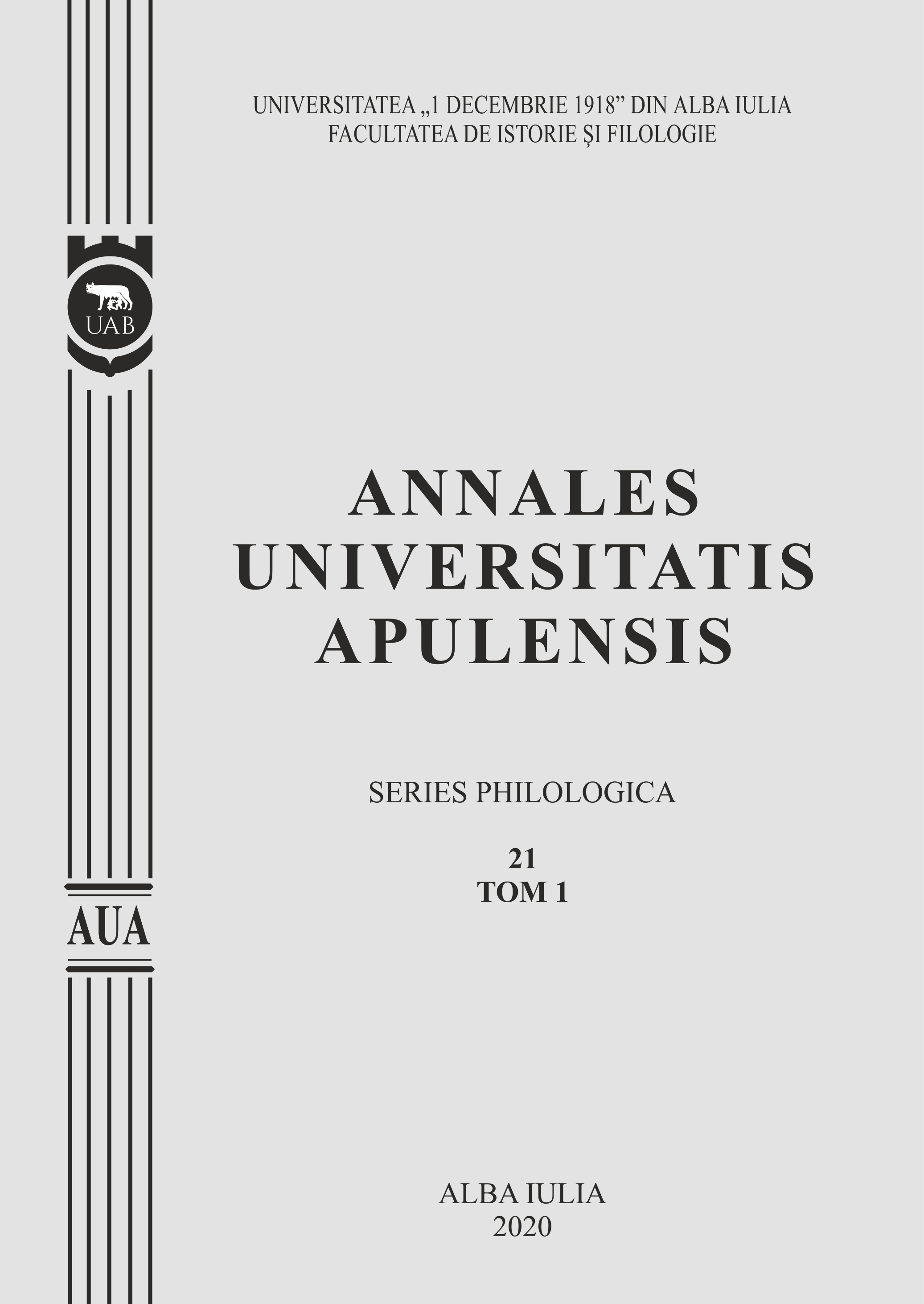DESPRE EVOLUȚIA FUNCȚIONALĂ A NUMERALELOR ÎN LIMBA ROMÂNĂ
OBSERVATIONS UPON THE FUNCTIONAL DEVELOPMENT OF NUMERALS IN ROMANIAN
Author(s): Diana GrindeanuSubject(s): Language and Literature Studies, Philology
Published by: Universitatea »1 Decembrie 1918« Alba Iulia
Keywords: numerals; evolution; nominal phrase; morphological values/ meanings; syntactic functions;
Summary/Abstract: This study aims to briefly present the evolution of numerals in Romanian over about three centuries, more exactly, from the nineteenth century, when the first theoretical notions about this part of speech started to appear in grammars, to the contemporary grammatical studies, which have a very different approach. We insist on the very controversial character of this class that suffered a lot of transformations, some of them radical, along the time. Even if it was initially considered some kind of an adjective by comparison to the French grammar of that times, during the twentieth century, the numeral became a distinct part of speech, with a very rich paradigm. On this line, the numeral reached to consist of seven subtypes (cardinals, collectives, fractionals, multiplicatives, distributives, adverbials and ordinals). Even though, nowadays, the same paradigm was reduced only to the two fundamental subtypes, the cardinals and the ordinals, the rest of them were moved to other grammatical classes, with which they share more features, such as grammatical values, distribution or syntactic functions. We will also analyze the changes that occurred in numeral`s morphology, the way in which its values turn according to the context and groups that it is part of. Thus, we find that by the middle of the 20th century, the numeral`s grammatical behaviour was very unsteady, the class being able to operate either like a noun, an adjective or an adverb, the numeral itself not having an inherent morphological meaning. Neither today does the numeral have an own, distinct ontological signification, but the difference, on the one hand, is that the pronominal value/ meaning was introduced, replacing the nominal one, which was limited to only two contexts: math texts and denominative positions. The adjectival meaning, on the other hand, was extended to all the cardinals that depend on nouns. Obviously the adverbial value was eliminated together with its specific numeral subtypes. Regarding the syntactic level of the numerals, we can easily observe that along the last century it functioned according to the rules of the relational traditional grammar. Therefore, numerals could take any of the nominal, adjectival or adverbial syntactic functions, depending on the context and its grammatical value. The major shift at this level came only in 2010, when the generative theories were adopted in Romanian and when the entire view of the syntax has changed. All in all, we hope to illustrate a short but essential description of the Romanian numerals.
Journal: Annales Universitatis Apulensis. Series Philologica
- Issue Year: 21/2020
- Issue No: 1
- Page Range: 255-273
- Page Count: 19
- Language: Romanian

